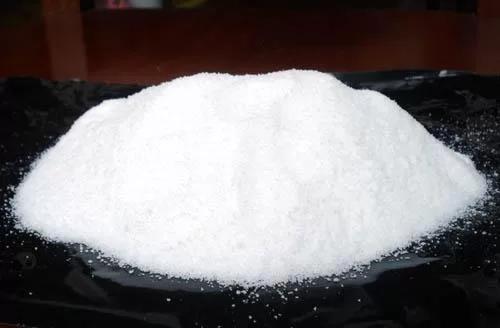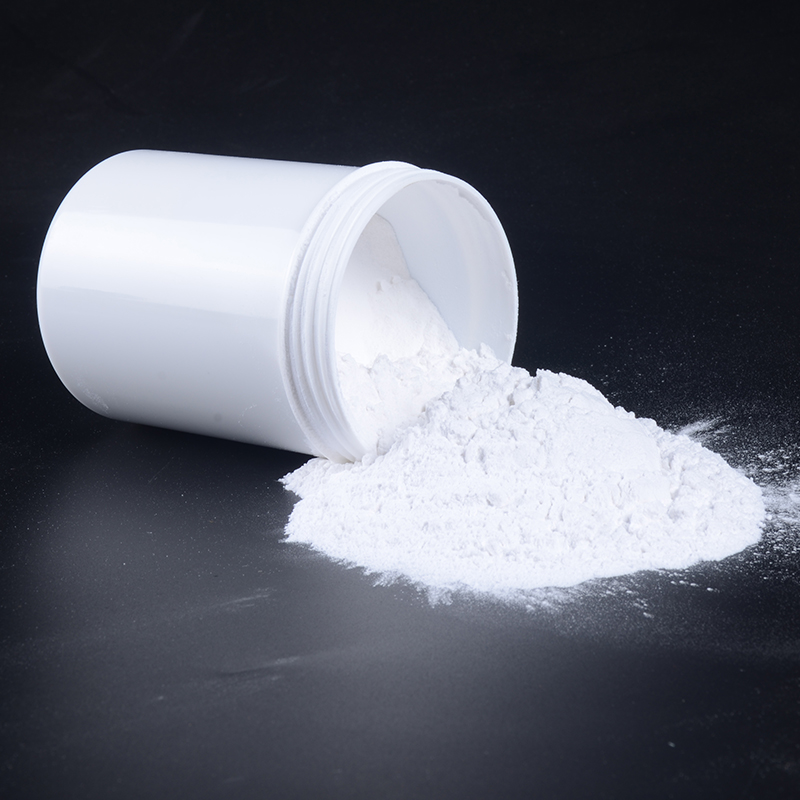In recent years, there has been a growing focus on environmentally friendly and sustainable practices across industries. The printing industry is no exception, with a rising demand for eco-conscious solutions. This article explores the environmental friendliness and sustainability aspects of hot melt powder, shedding light on how this innovative material contributes to a greener and more sustainable printing process.

Biodegradability and Solvent-Free Properties
One of the key environmental advantages of hot melt powder is its biodegradable nature. Unlike solvent-based printing processes that release harmful volatile organic compounds (VOCs), hot melt powder eliminates the need for solvents altogether. This section emphasizes how the absence of solvents reduces air pollution, promotes cleaner production environments, and minimizes potential health risks for workers.
Reduced Waste Generation
Hot melt powder offers efficient and precise application, minimizing material waste during the printing process. Its solid form eliminates the need for excess ink or coatings, ensuring that only the required amount is used. Additionally, since hot melt powder does not require drying or curing time, it reduces production time and energy consumption, further contributing to waste reduction and increased efficiency.
Lower Carbon Footprint
Compared to traditional printing methods, hot melt powder significantly reduces the carbon footprint associated with printing. The absence of solvents, combined with its efficient application and reduced energy requirements, makes hot melt powder a more environmentally friendly alternative. This section highlights the positive impact on greenhouse gas emissions, energy consumption, and overall environmental impact.
Recyclability and Compatibility with Sustainable Materials
Hot melt powder offers compatibility with various sustainable materials, such as recycled paper, cardboard, and biodegradable plastics. This promotes the use of eco-friendly substrates and enables the recycling and reusability of printed materials. The article explores how hot melt powder contributes to the circular economy by facilitating the separation and recycling of printed products, reducing waste sent to landfills.
Compliance with Environmental Standards and Certifications
Many hot melt powder manufacturers adhere to strict environmental standards and certifications. This section highlights certifications such as the Forest Stewardship Council (FSC) and the Programme for the Endorsement of Forest Certification (PEFC), which ensure responsible sourcing of raw materials. Additionally, the article emphasizes the importance of choosing hot melt powder suppliers who prioritize sustainability and eco-friendly practices.

Collaborative Industry Initiatives
The printing industry is actively engaging in collaborative initiatives to promote sustainability. This section discusses industry-wide efforts, such as eco-labeling programs, sustainable printing guidelines, and partnerships with environmental organizations. It emphasizes how hot melt powder aligns with these initiatives, fostering a collective commitment towards a greener printing ecosystem.
Hot melt powder represents a significant advancement in environmentally friendly and sustainable printing practices. Its biodegradable and solvent-free properties, waste reduction capabilities, and compatibility with sustainable materials make it an ideal choice for eco-conscious printing applications. By embracing hot melt powder, businesses can minimize their environmental impact, meet sustainability goals, and contribute to a greener future for the printing industry.

